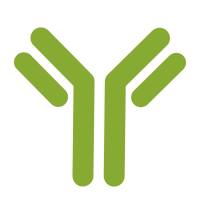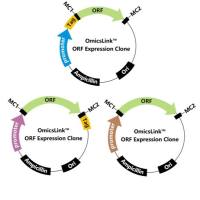Preparation of Synaptosomal Plasma Membranes by Subcellular Fractionation
互联网
541
Brain tissue is extremely heterogeneous—being comprised of neurons (which are often myelinated) and a number of glial cell types—and, therefore, requires some purification in order to study neuronal and glial functioning in isolation at the molecular level. The introduction of the ultracentrifuge by Svedberg in 1925 offered neurochemists for the first time the ability to fractionate homogenized brain tissue into its subcellular components. Further development of the preparative ultracentrifuge in the early 1940s and the pioneering work by Claude, De Duve, and Palade (who shared a Nobel Prize in 1974 for their work on tissue fractionation; see refs. 1 –3 ), led to the establishment of a variety of techniques for subcellular fractionation. Today, using variations on these original methods, neurochemists are able to isolate from brain homogenates, relatively pure fractions of subcellular components that retain their metabolic activity and structural integrity.









